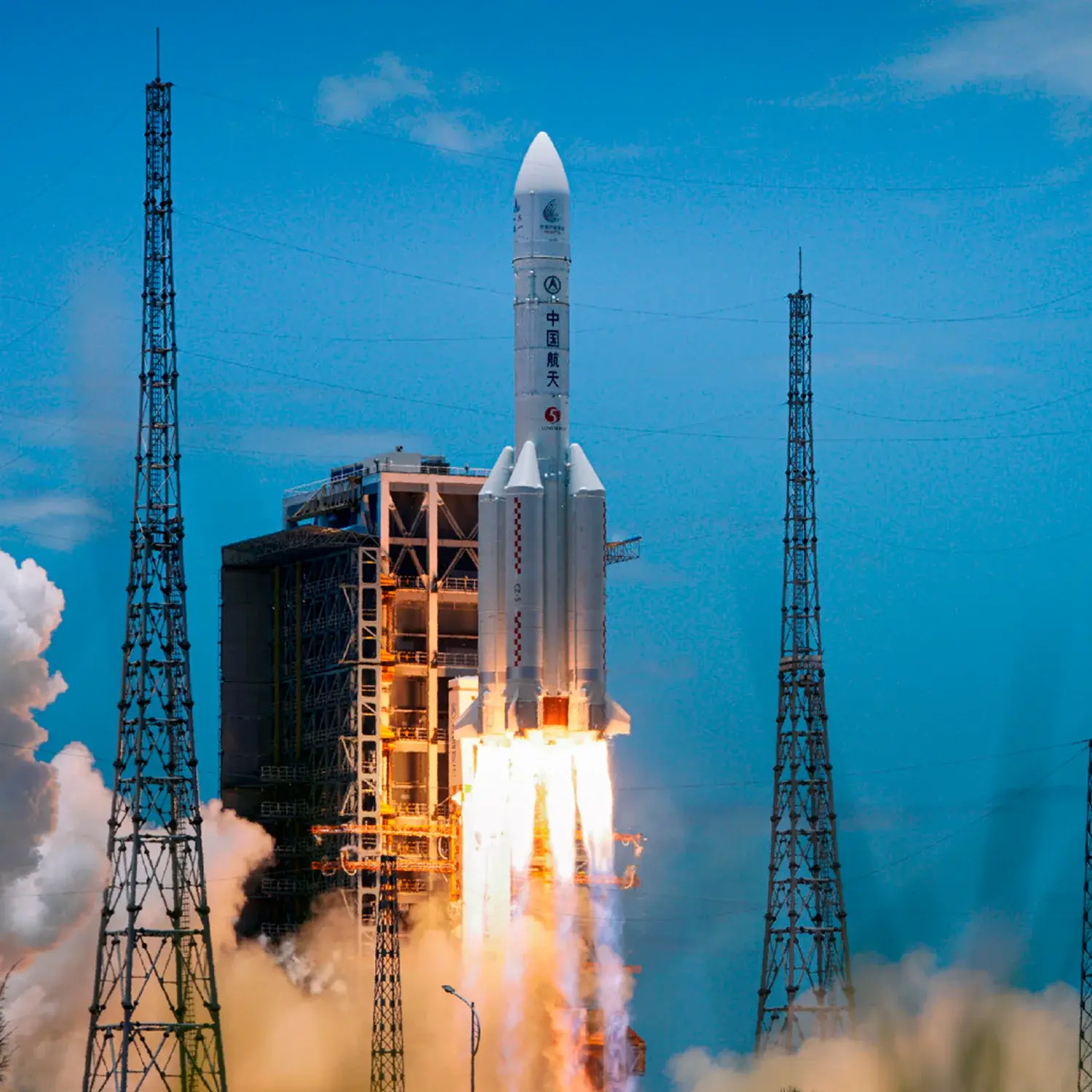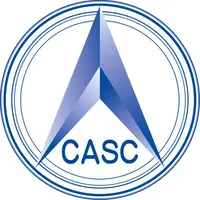/
Chang'e 5
Launch Success
Liftoff Time (GMT)
20:30:21
Monday November 23, 2020
Watch Replay
Official Livestream
Mission Details
Read Article
Launch Notes
First Lunar sample-return mission since Luna 24 in 1976. China will become the third country to retrieve lunar surface samples back to Earth, after the USA and the Soviet Union.
Chang'e 5
Chang'e 5 (Chinese: 嫦娥五号) is a Chinese mission to return lunar soil samples. The space probe is to bring back to Earth a lunar soil sample with a mass of up to two kilograms. The lander, which is to land on the lunar soil near Mons Rümker in the Storm Ocean, has several instruments. This is the first mission to return lunar soil samples since the Soviet Luna 24 mission in 1976. The 8.2-ton space probe is composed of four modules: a service module for the journey from the Earth to the Moon, a 3.8-ton lander to land on the Moon, a lift stage to return the soil samples to lunar orbit, and a return capsule to bring the soil samples back to Earth. The Chinese engineers opted for a complex sample return scenario: the ascent stage, instead of returning directly to Earth (scenario of the Soviet probes of the Luna program), has a docking with the service module: the sample is then transferred to the return capsule which is brought back close to the Earth and detached from it to perform an atmospheric re-entry. The lunar lander has a structure identical to the Chang'e 3 lander that landed on the Moon in 2013. But contrary to the latter which was to bring a rover on the lunar ground, it carries an ascent stage. Its propulsion system used to land on the surface of the Moon includes a main rocket engine whose thrust can be modulated between 1.5 and 7.5 kN to allow a continuous operation in spite of the progressive lightening of the spacecraft. Attitude control is based on 28 small thrusters with a thrust between 10 and 150 N. Power is supplied by two solar panels. The onboard computer uses during the descent an inertial system, a laser altimeter, and an optical camera. Once on the ground, the lander has a remote-controlled arm with 4 degrees of freedom that should allow it to pick up the lunar regolith and small rocks.
Trans Lunar Injection
1 Payload
8,250 kilograms
Rocket


Agency
CASCRocket
Height: 57m
Payload to Orbit
LEO: 32,000 kg
GTO: 14,000 kg
Liftoff Thrust
10,565 Kilonewtons
Fairing
Diameter: 5.2m
Height: 20m
Stages
3
Strap-ons
4
Launch Site
Stats
Long March 5
5th
Mission
2nd
Mission of 2020
2020
96th
Orbital launch attempt